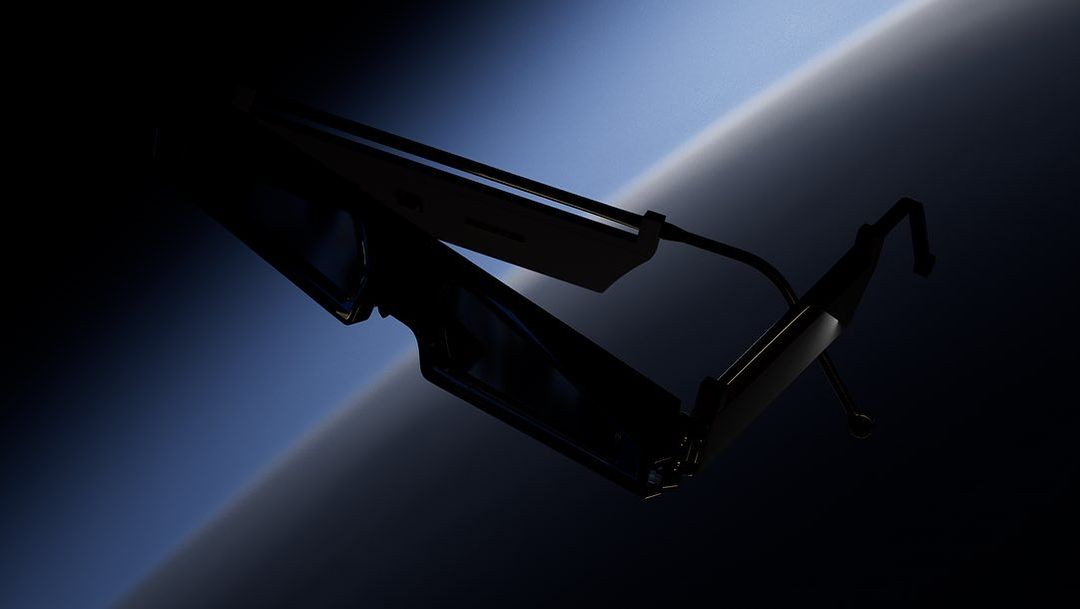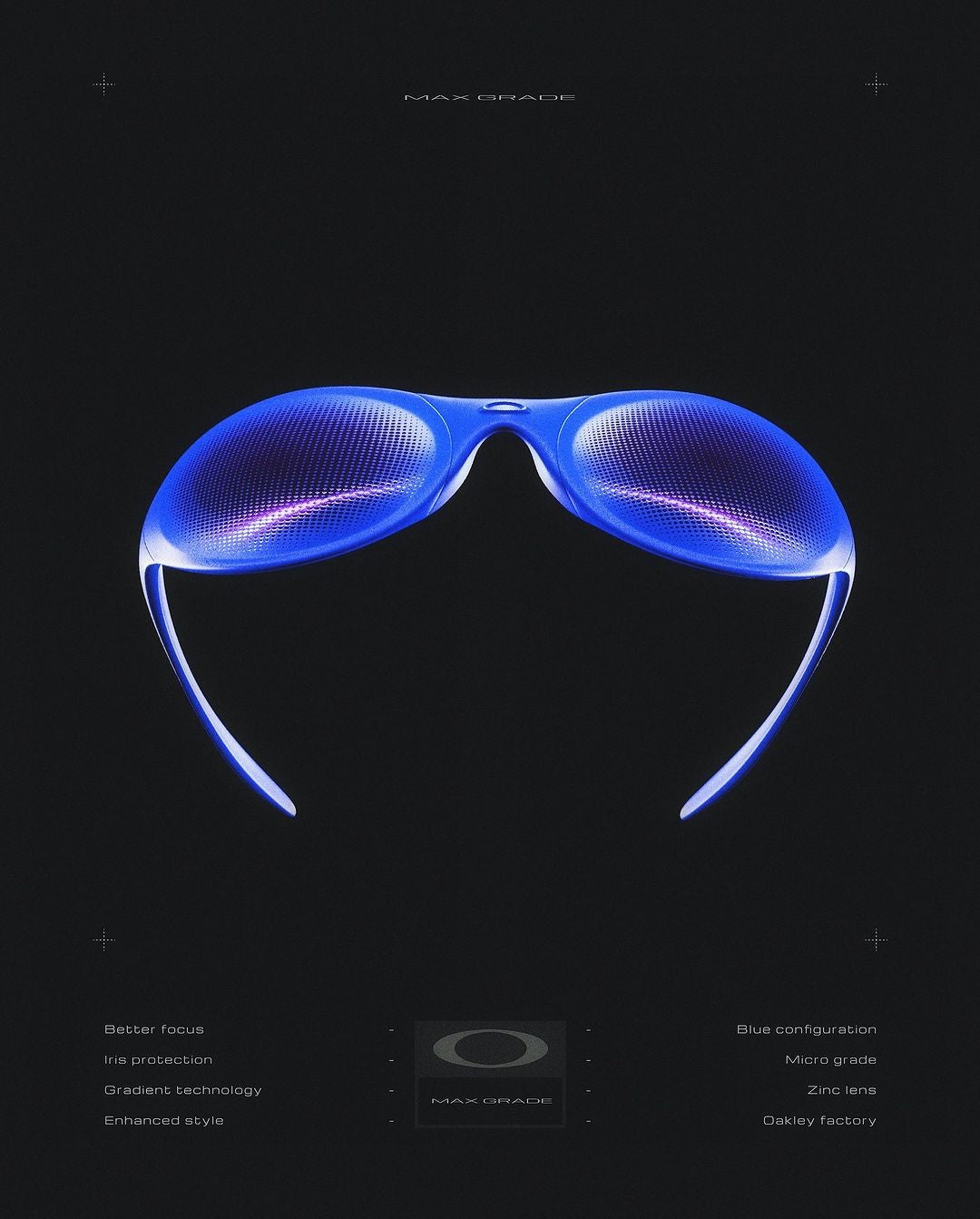How to Watch It Safely
Never look at the Sun directly without proper protection. To watch the eclipse safely:
-
Use ISO-certified eclipse glasses
-
Use solar filters on telescopes or binoculars
-
Avoid using regular sunglasses — they are not safe for eclipse viewing
-
During totality (the brief period when the Sun is completely covered), it’s safe to look with the naked eye, but only during that specific window
What Makes It Special?
-
Accessibility: This eclipse will pass over major European cities, making it easily accessible without traveling to remote locations
-
Weather prospects: August offers favorable weather conditions, especially in Spain
It’s a rare chance to see this event close to home for many Europeans






Share:
Best Places to See the 2026 Total Solar Eclipse